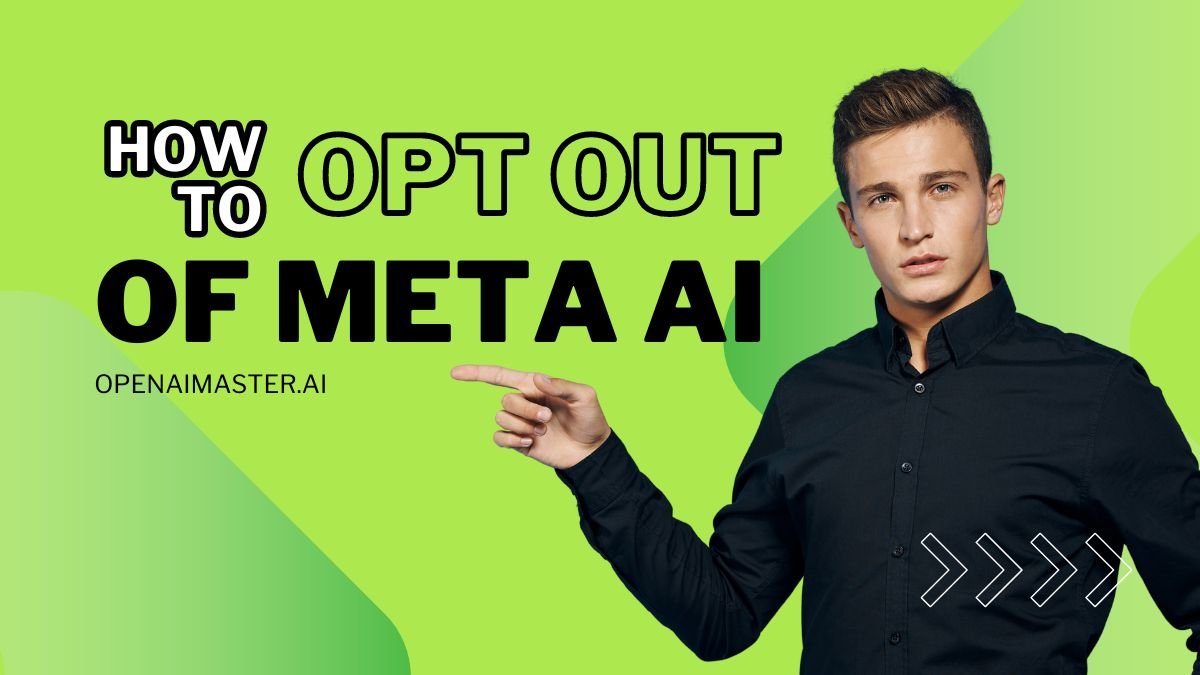Introduction
Meta, the company formerly known as Facebook, has been at the forefront of developing artificial intelligence (AI) technologies. As part of their efforts to train and improve their AI models, Meta has been using user data, including posts, photos, and interactions on their platforms. While this data can be beneficial for advancing AI capabilities, it has raised concerns among users about privacy and data security.
In response to these concerns, Meta has introduced an opt-out process for users who wish to prevent their data from being used for AI training purposes. However, the process is not straightforward, and many users have reported difficulties in successfully opting out. This article will provide a comprehensive guide on how to navigate the opt-out process and protect your data from being used by Meta AI.
Understand the Opt-Out Process
Before delving into the steps, it’s essential to understand the rationale behind Meta’s opt-out process. Meta has been sending notifications and emails to users about their new AI features and the use of user data for training purposes. These communications typically include a link or instructions for users to object to the use of their data.
However, the opt-out process is intentionally designed to be somewhat complicated, with multiple steps and potential hurdles. This approach is likely intended to discourage users from opting out, as Meta relies heavily on user data to train and improve its AI models.
How To Opt Out Of Meta AI
To opt out of Meta using your data for AI training, follow these steps:
Step 1: Access the Notification or Email
The first step is to locate the notification or email from Meta regarding the new AI features and the use of your data. This communication should contain a link or instructions for objecting to the use of your data.
Step 2: Find the Opt-Out Link
Within the notification or email, look for a link labeled something like “right to object” or similar. This link may be buried in the text, so read carefully.
Step 3: Fill Out the Objection Form
Clicking the opt-out link will take you to a form where you need to provide your country, email address, and a reason for your objection. When explaining your reasons, it’s recommended to be as detailed as possible, citing specific concerns about privacy and data security. You can also reference relevant data protection laws like the General Data Protection Regulation (GDPR).
Step 4: Submit the Form
After filling out the form, submit it. Meta may request additional information or evidence, such as screenshots or specific examples related to data privacy laws.
Step 5: Enter the Confirmation Code
Meta will send a one-time confirmation code to your email address. Enter this code on the form to complete your objection. Be prompt, as the code may expire quickly, adding an extra layer of friction to the process.
Step 6: Await Confirmation
If your objection is successful, you should receive a confirmation email from Meta stating that your data will not be used for AI training. However, some users have reported inconsistencies and errors even after following the process correctly.
Additional Tips and Considerations
Regional Availability
The opt-out option is primarily available to users in the European Union (EU), the United Kingdom (UK), and other regions with strict data protection laws. Users in other regions, like the United States, may not have the same options for opting out.
Use Detailed Explanations
When filling out the objection form, be as detailed as possible in your explanation to avoid potential rejection. Citing specific data privacy laws and personal concerns can strengthen your objection and increase the chances of success.
Monitor for Updates
After submitting your objection, keep an eye on any further communications from Meta regarding your status. If your request is denied, you may need to follow up or seek additional support.
Conclusion
Opting out of Meta using your data for AI training is a complex process designed to be challenging and time-consuming. While Meta provides an option to object, the company likely hopes that users will be deterred by the convoluted steps involved.
However, for users who value their privacy and data security, navigating the opt-out process is essential. By following the steps outlined in this article and being persistent, you can attempt to prevent Meta from using your personal data for AI training purposes.
Ultimately, the decision to opt out or not is a personal choice, and users should weigh the potential benefits and risks of having their data used for AI development. As AI technologies continue to advance, it’s crucial for companies like Meta to strike a balance between innovation and respecting user privacy.

